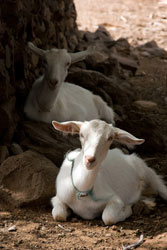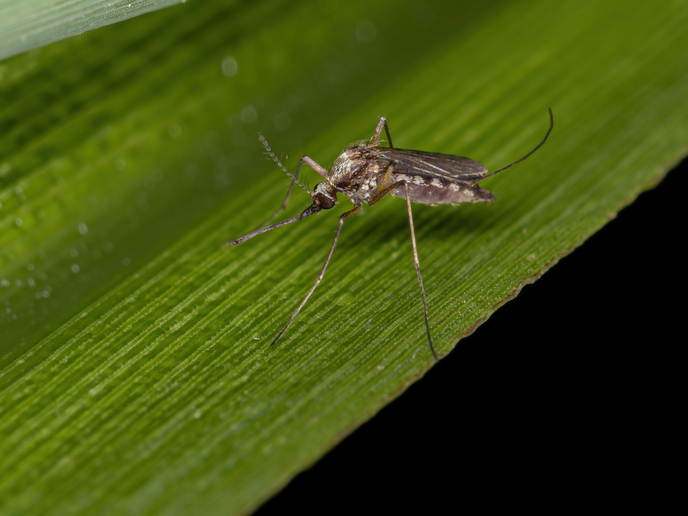Knowledge dissemination on paratuberculosis
The EC-funded PARA-TB TRANSMISSION project dealt with the role of wild animal species in the transmission and epidemiology of the bacterial causative agent of the disease, Mycobacterium avium paratuberculosis. Part of the aim of the project was to disseminate the findings and outcomes of the scientific endeavours of the consortium. Overall findings suggest that the role of wildlife species can play an important factor in the transmission of paratuberculosis to domestic animals. The Scottish cattle systems and the Greek small ruminant systems were shown to be ranking the highest in the risk-of-contamination scale. On the other hand, the risk of transmission in countries where zero grazing is common is very low indeed. These and other findings have been communicated to farmers through Ministry and other official channels but also directly during meetings. In addition, numerous leaflets and information material were made available in hard copy and also online through dedicated websites.







